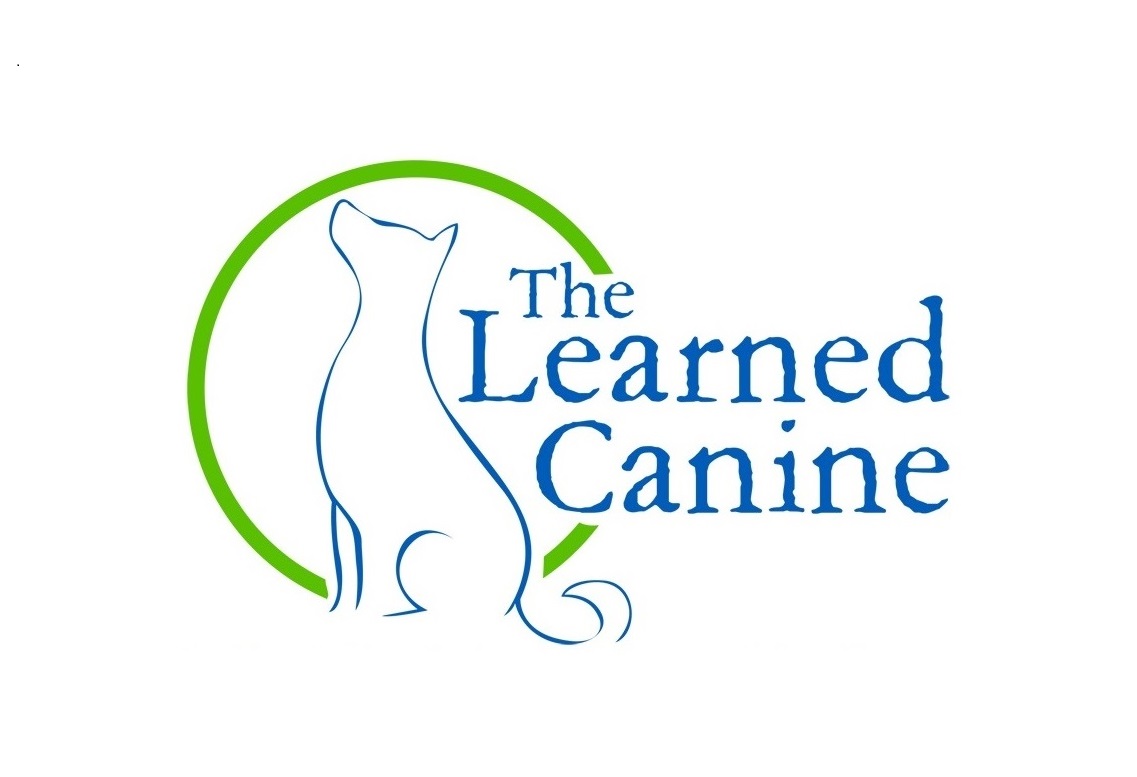I remember when I first got Capone - or rather, once he had settled in and started becoming reactive, I had thoughts like, "I can't do this", "I'm going to have to move", "How will my dog ever improve under these conditions?", "The stress is too much for both of us". But we have been successfully living in a high-rise apartment for three years now and not only have we had no complaints or incidents, Capone's reactivity has decreased dramatically. As such, I thought I would share some tips that others in a similar situation might find useful.
Equipment
While there is no magic tool that will fix your problem, having the proper equipment can definitely make things easier and safer. I tried a few different options and here is what I landed on:
1. Gentle Leader Head Halter
These things are fantastic! Having control of your dog's head, especially when living in close quarters with their triggers is invaluable. Note that this is a tool that requires some training as most dog's won't tolerate it just being slapped on their face. https://www.youtube.com/watch?v=1wakterNyUg
2. Hand-held Leash Attached to the Gentle Leader
I use a padded Kong leash with 2 hand loops - one at the end of the leash and one close to the dog so that I can easily adjust the length as needed.
3. Collar or Body Harness
Which you choose will be based on your personal preference and the needs of your dog. I started out with a martingale collar when Capone was a new rescue and flight risk, then moved on to the 2 Hounds Design Freedom No-Pull harness (they can be purchased on Amazon), and have since switched to a flat collar as Capone typically walks without putting too much pressure on his neck.
4. Hands-free Leash Attached to the Collar or Harness
I love the security that these provide! Smoochy Poochy makes a great leash that goes around your waist. Even if you are caught off guard or accidentally drop the hand-held leash, your dog is not going anywhere. It also allows you to focus more on timely treat delivery and less on keeping your dog safely restrained.
5. Treat Pouch
Get one that you can wear on your waist and make sure it's big enough that you can easily fit your hand in to grab treats.
6. High Value Treats
No kibble here! Think soft, delicious, small and easy to eat. Meatballs, bits of cooked chicken, cheese, or slice and dice some Rollover from the pet store. A must on every outing.
7. Muzzle
I personally only put a muzzle on Capone when we are going to areas with greater risk of being approached by off-leash dogs such as parks or conservation areas but be realistic about your dog's limitations and train them to wear a muzzle if you think that they need one. A basket muzzle such as the Baskerville will still enable your dog to pant and receive treats.
Arousal Level
Is your dog amped up before you even leave your unit? Getting calm behaviour every step of the way can really set them up for success when the unexpected happens.
Avoid contributing to their over-arousal by asking questions like, "Wanna go for a walk?!" Trust me, once you grab that leash they know what is happening, there is no need to say anything at all.
Check-Points
I implement check-points to monitor my dog's arousal level and help keep him below threshold. These might include:
Calm for having leashes put on
Calm exit through doors (Have dog offer check-in and only exit upon your release cue)
Calm entry into elevator upon your say so
Calm exit from elevator when released to do so. These controlled exits will enable you to make sure that the coast is clear before proceeding instead of reacting after the fact
Walk side-by-side through the lobby for treats. Make it a habit even when there are no triggers present - this will set you up for success when there are
Calm exit from building. Wait for a quick check-in from your dog and then release with "Let's go". Treat your dog upon exit so that they learn to focus on you instead of exiting 'guns-a-blazing'
If at any point my dog can't look at me or won't take the food, I know he's not ready to move on to the next point yet. Continuing on regardless can result in a snowball effect, decreasing our chances of a successful outcome if a trigger shows up, and increasing not only the intensity of my dog's reaction but also his recovery time
Positioning
I am constantly positioning myself between my dog and any potential danger spots and allowing for as much distance as possible from any surprises. If you have been living with your reactive dog in a building for a while you have likely already identified most of these.
I move well away from elevator doors while waiting, and I use my body as a block. When in the elevator, Capone is tucked into the corner in a sitting position and I stand directly in front of him. If people enter, he gets treats, and he is fine with that now. Other dogs can't ride in the elevator with us as he still wouldn't be able to handle that proximity but if the door opens and there's a dog there, I simply make my apologies while shoving food in Capone's face and our neighbours respect his need for space.
Practice Drills
Once you have identified those danger areas and situations, how are you going to handle surprises when they happen? Rather than leave it to chance and panic in the moment, make a plan and practice randomly when you don't need it. A big one for us was dogs entering the lobby while we were waiting there - either from an elevator or an exit door. "Hurry! Hurry!" means we run behind the elevators or out the side door and Capone gets lots of treats for running with me. Be sure to encourage your dog along with you rather than pulling them when practicing, we want this to be seen as a fun game with a big reward at the end, not one where they get yanked around. With enough practice, it should become much easier to get your dog out of sticky situations in a hurry.
Walk Schedule / Frequency
Especially in the beginning, walks were very stressful for both of us. Consider walking at off-peak times if possible or even decreasing your number of walks per day. I reduced our walk frequency from three walks per day to two. Capone didn't miss that last pee break at all and we were both able to fully relax after our early evening walk. You might consider a grass pad for the balcony if needed and alternate forms of enrichment that you can implement inside if your dog is higher energy or gets bored easily.
Communication with Neighbours
I started a group chat on Facebook Messenger with a few of the other dog owners in my building. Initially I just wanted to give them a heads up when I was heading out with Capone as he is big and strong and was quite loud and scary. Not only did they appreciate the heads up, they started notifying me when they were heading out with their dogs and now it's gotten to the point that we will often wait for each other to return before heading out to avoid unnecessary confrontations. This has had a huge impact on Capone's progress and I am so grateful to them for embracing it the way that they have.
Skills
As you can see, a lot of what you will be doing in and around your building is management. Reach out to a certified positive reinforcement trainer to help you with the skills needed to transform your dog's behaviour while you continue to help them feel safe.





